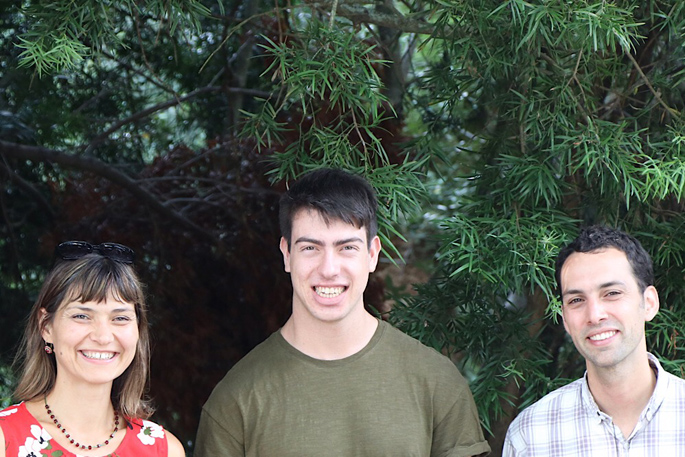Researchers have whittled down a massive 8 million tweets, to a more manageable 1.3 million to look at how te reo Maori is being used in the genre.
The team from the University of Waikato have focused on 77 Maori loanwords (te reo Maori words used in an English context) and used them as training data for their machine-learning model.
Machine learning allows data scientists to provide a computer with a large data set, and teach it to make predictions based on that data.
Computing and Mathematical Sciences student David Trye spent the summer working on the project, with supervisors Dr Andreea Calude and Dr Felipe Bravo Marquez.
The initial 8-million tweets contained a fair bit of distracting data ‘noise'. David says the irrelevant tweets were those not used in a New Zealand English context, or were otherwise unrelated.
'For example, Kiwi is the name of a song by Harry Styles, so people will tweet things like ‘listening to Kiwi'. And Moana can turn up as a Disney princess rather than the sea.”
Dr Calude and David manually coded about four thousands tweets, than David and Dr Bravo Marquez trained a machine learning model, to weed out the irrelevant ones.
Afterwards, they used another machine learning technique invented by Google called Word2Vec to automatically extract the meaning of words according to their context.
Dr Bravo Marques says the technique was invented a few years ago.
'But it was a huge revolution in the area of computational linguistics, or the use of computers to process human language. It was the first algorithm to do it in an efficient way.”
They've done the technical bit, now it's the fun part – they're going to ask some questions of the data.
David is planning to grow the project into a dissertation, alos bring in Dr Te Taka Keegan and Dr Nicholas Vanderschantz to work with the project. He says it will be interesting to see who the users are.
'If they are mainly te reo speakers, and if not, why they use the words. Is it because they want to practise and maintain their te reo or is it because it's such a distinctive part of the New Zealand identity?”
Their analysis involves locating the other words that are associated with the Maori loanwoards. Dr Calude says it will give them a different kind of idea about how the words are being used.
'In a dictionary, you tend to have what the word means, abstractly out of context, or with a synonym or two. But here you have more of a network of related words, which may not have the same meaning but seem to occur in the same contexts.
'With whakapapa you have obvious words but also words like maunga, so it's not the meaning of the word, but it's like the baggage of the word that comes with it.”
Dr Calude has been involved in research on Maori loanwords in newspapers as part of a Marsden funded project. She has already noticed a difference with Twitter use during the manual coding phase.
'By comparison, the words are more integrated. There's more language mixing: full sections of Maori and full phrases in English together. So, it's more like code switching, which is what bilinguals do. We might be looking at almost a different phenomenon of how Maori is used in Twitter.”
The theory around the project has been around for quite a while, but combining it with machine learning means they have created a remarkably vast and accurate corpus of words to analyse.
The researches want to make it possible for others to do the same, so they're providing the knowledge on open-source platform Github: https://waikato.github.io/kiwiwords/.
They're adding to the website as they



0 comments
Leave a Comment
You must be logged in to make a comment.